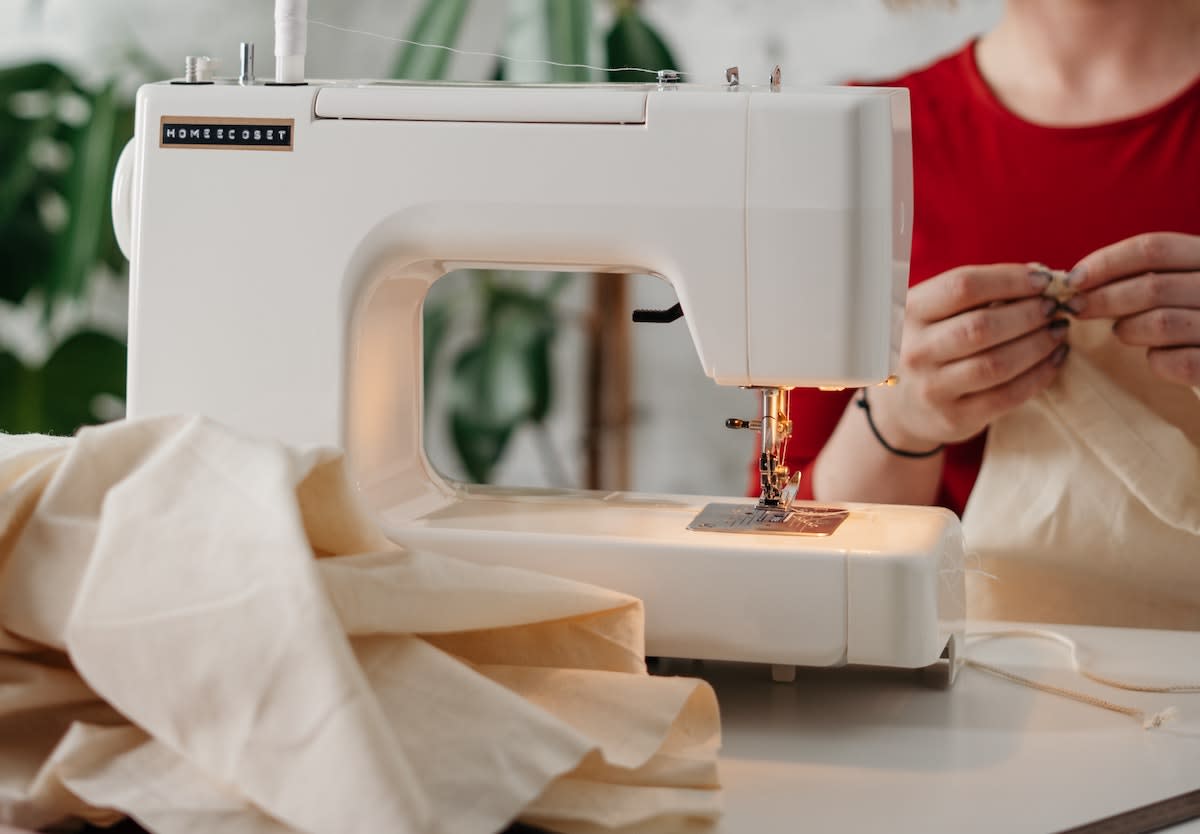How to Sew Cartridge Pleats in 9 Steps
Written by MasterClass
Last updated: Jun 14, 2022 • 2 min read
These step-by-step instructions will teach you how to add cartridge pleats to your own clothing.
Learn From the Best
What Are Cartridge Pleats?
Cartridge pleats are hand-sewn, gathered fabric folds seen on skirts, collars, and sleeves. Cartridge pleating (also called gauging) is a hand-sewing method that involves tightly stacking layers of gathered fabric and attaching them to a garment. Sewists pleat the fabric into a figure-eight arrangement by hand and secure it to a garment, often a waistband, exposing the inside of the pleat.
A go-to type of pleat for couture designs and historical sewing, you’re likely to see this detail on the waistband of women’s skirts, petticoats, or neck ruffs invoking Elizabethan attire.
How to Sew Cartridge Pleats
Follow these step-by-step instructions to construct your DIY garment featuring intricate cartridge pleats.
- 1. Practice with fabric scraps. Gathering thick fabric by hand can be difficult, but the more you practice, the better your garment will look. Purchase extra yards of fabric (or use scraps you have at home) and experiment with making beginner cartridge pleats before starting your first sewing project. If you are new to hand-sewing, construct your cartridge pleats on a separate piece of fabric, then attach them to the finished project (like the finished waistband of a skirt). Using this method allows you the flexibility to redo the pleats if needed before attaching them to your final product.
- 2. Select your fabric. Use structured fabric that matches the article of clothing onto which you’re attaching the pleats. The folds won't look as crisp if the fabric type is too soft or flimsy.
- 3. Gather materials. Gather the basic tools you’d need for any sewing project in your workspace, which may include sewing needles, tailor’s chalk, a tape measure, pins, and thread (use a strong thread like upholstery thread). Lay your fabric out flat on your workspace, and prepare to cut it.
- 4. Fold the edge of the fabric. You’re supposed to see the front and back of your finished pleats, so you will need to fold the top of the garment’s fabric several inches over the raw edge of the pleats. This way, the front and back of each pleat will show the right side of the fabric.
- 5. Leave a seam allowance. If you are making a pleated waistband that you plan to attach to an article of clothing, leave a half-inch seam allowance on the top edge of the fabric, so you have space to attach it later.
- 6. Measure and mark. Use your measuring tape and chalk to make equally spaced marks on the fabric to mark where you will make your pleats. Once you pull the thread tight, the fabric will gather. Depending on how large your pleats are, you may need to make two to three rows of marks.
- 7. Thread your pleats. Add a running stitch through the fabric according to the dots you made with the chalk.
- 8. Pull your gathering threads. Pull the thread tight to cinch the gathering stitches. Your pleats should resemble the structure of an accordion.
- 9. Finish and attach. Make knots in the thread to keep the gathered fabric in place, and snip off the excess thread. Then, use a whip stitch to attach the pleats to the top of the skirt or neckline you are embellishing.
Want to Learn More About Fashion Design?
Become a better fashion designer with the MasterClass Annual Membership. Gain access to exclusive video lessons taught by the world’s best, including Laura Kim and Fernando Garcia, Diane von Furstenberg, Marc Jacobs, Tan France, Anna Wintour, and more.
